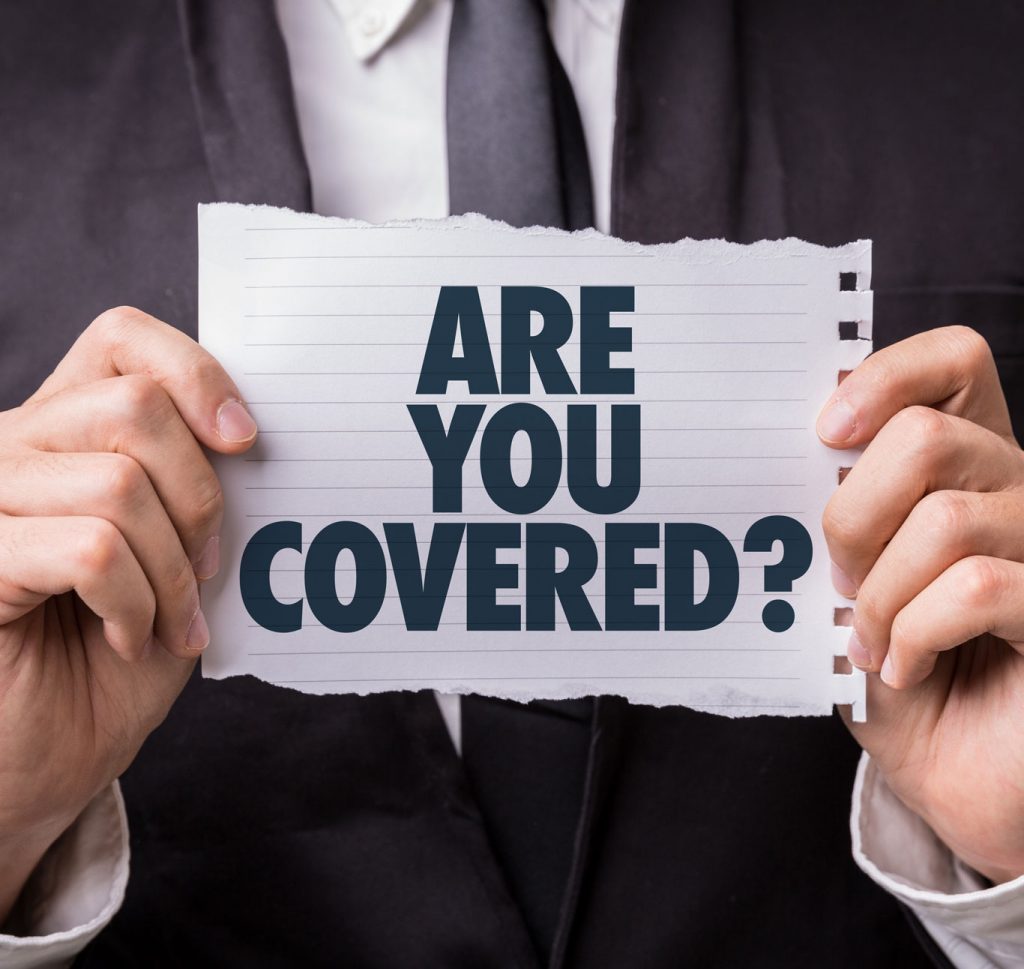In three recent, unrelated cases, employees covered by Texas Mutual® policies were involved in catastrophic driving-related accidents. All three accidents were the result of tire blowouts.
Blowouts are more common in the summer, when high temperatures and hot roads contribute to tire breakdown, under-inflation and failure, according to AAA. These three accidents underscore the importance of regularly inspecting tires, brakes and other vehicle components. Follow these tips to keep your company vehicles road-ready:
- Check tire pressure, including spare tires, at least once a month. The National Highway Traffic Safety Administration (NHTSA) notes that under-inflated tires are the leading cause of blowouts and other tire failure. One of the biggest mistakes well-intentioned drivers make is looking to the tire sidewall for the correct pressure, according to AAA. Drivers can find the correct pressure levels on the sticker affixed to the driver’s-side door jamb or in the owner’s manual.
- Replace tires when tread depth is less than 1/16 of an inch or the wear bars show. Here’s a simple tip for checking tread: Place a penny in the tread with President Lincoln’s head upside-down and facing you. If you can see the top of his head, it’s time for new tires.
- Monitor tires for irregular tread wear, which may be a sign that they need to be rotated, balanced or aligned.
- Make sure windshield wipers are not cracked or in poor condition.
- Test headlights, brake lights, turn signals, emergency flashers, interior lights and trailer lights.
- Consistently perform routine maintenance, such as oil changes, tire rotations, tune-ups, battery checks and fluid level checks.
- Keep an emergency kit in every vehicle. Include a cell phone, first aid kit, flashlight, flares, jumper cables, drinking water, non-perishable food and windshield wiper fluid.
If your vehicle has a blowout, the NHTSA recommends these tips:
- Gradually release the accelerator.
- Correct the steering as necessary to stabilize your vehicle and regain control.
- Look where you want the vehicle to go, and steer in that direction.
- Once your vehicle has stabilized, continue to slow down, and pull off the road where and when you judge it’s safe to do so.
Get more information
For more information on maintaining your vehicles, visit texasmutual.com/safety/tireblowouts.shtm. If you have questions about this safety alert or any other safety issue, please feel free to call us toll-free at 844-WORKSAFE (967-5723) between 8 a.m. and 5 p.m. CST.





